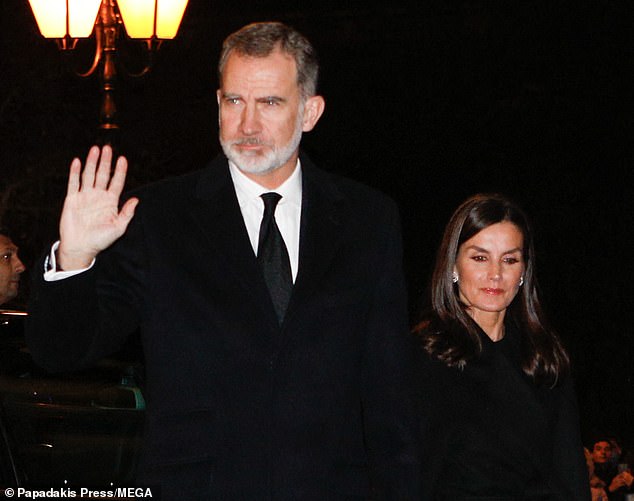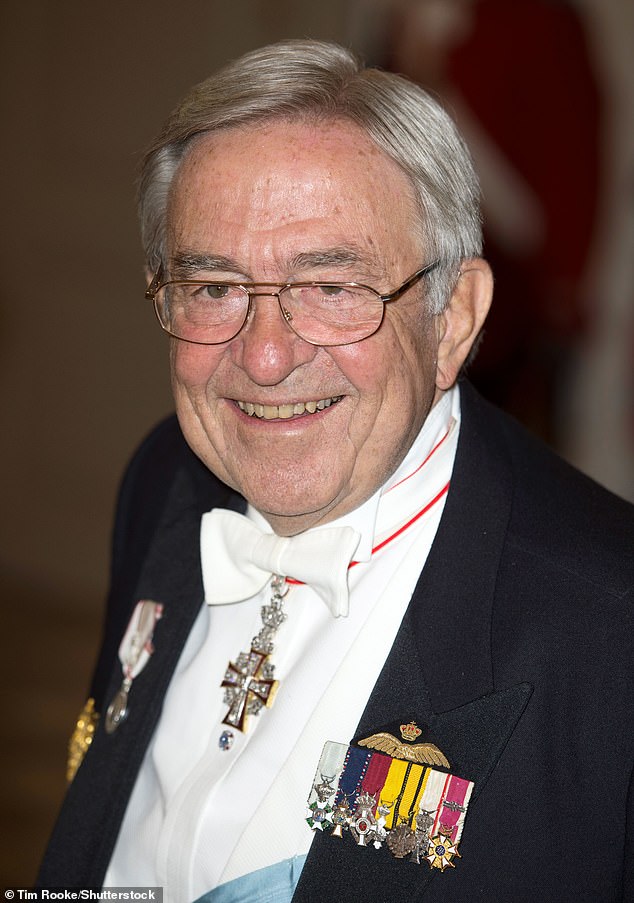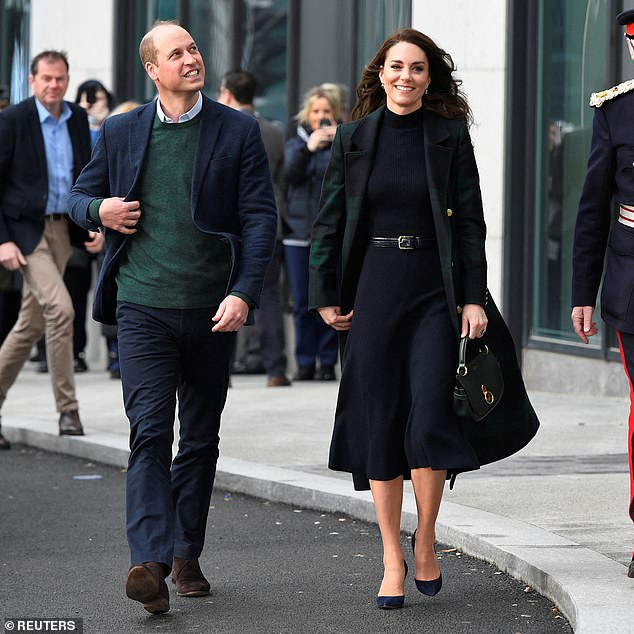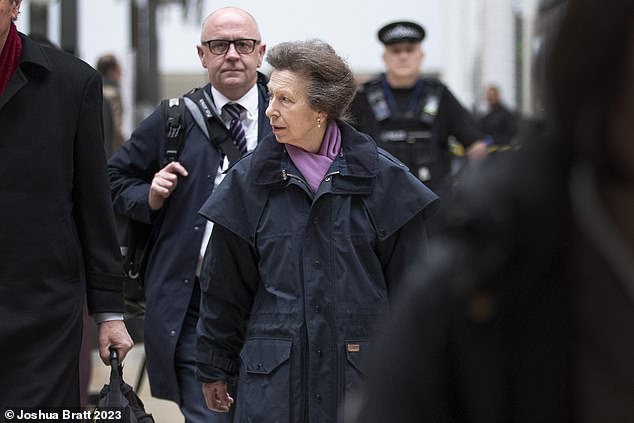European Royals arrive in Athens for the former King of Greece’s funeral
>
The Prince and Princess of Wales are set to join other members of European royalty as they congregate in Athens tomorrow for the funeral of King Constantine II of Greece.
The monarch, who was the last King of Greece, died of a stroke on January 10 in Athens at the age of 82, more than 50 years after he was exiled in a military coup.
His funeral, which is being held at the city’s Orthodox Metropolitan Cathedral on Monday, January 16, is expected to be attended by close family and members of Europe’s other royal families.
Among those in attendance will be Queen Letizia of Spain, who will be there with her husband and Constantine’s nephew, King Felipe, as will Queen Margrethe of Denmark, who was his sister-in-law.
Queen Margrethe of Denmark arrives in Athens today ahead of King Constantine’s funeral tomorrow

King Felipe and Queen Letizia of Spain arrive at the Grande Bretagne Hotel in Athens on Sunday night
The public funeral will see the King’s widow, Queen Anne-Marie, attend, as well as his son Crown Prince Pavlos, who is now the head of the former Greek royal family.
Among the other European royals to attend will be King Philippe and Queen Mathilde of Belgium, King Carl XVI Gustaf and Queen Silvia of Sweden, as well as Princess Beatrix of the Netherlands.
William and Kate, the Prince and Princess of Wales, could represent Charles and Camilla at the service, Hello reports.
Constantine was Prince William’s godfather, as well as being the nephew of Prince Philip.
Greek media report that Anne, the Princess Royal, will be at the funeral, as will Princess Alexandra, the Honourable Lady Ogilvy.
There have also been suggestions that Prince Edward and Sophie, the Countess of Wessex, could be in attendance.
Deputy Prime Minister Pangagiotis Pikrammenos and Culture and Sports Minister Lina Mendoni will represent the Greek government at the service.
The King had been in ill health in recent months, having several hospital admissions towards the end of 2022.
He was admitted to the private Hygeia Hospital in Athens last week with breathing difficulties, where he was treated on the intensive care unit according to reports.
His public funeral will be followed by a 29km procession to Tatoi Palace, where there will be a separate private ceremony and he will be laid to rest with other members of the Greek royal family.

King Constantine II of Greece, pictured here at the 75th birthday dinner of his sister-in-law Queen Margrithe of Denmark in 2015

William and Kate, the Prince and Princess of Wales, pictured here at Royal Liverpool University Hospital in Merseyside on Thursday, are set to attend the funeral

Princess Anne, pictured here at Paddington Station on Thursday, is set to go to King Constantine’s funeral
When he acceded to the throne as Constantine II at the age of 23 in 1964, the youthful monarch, who had already achieved glory as an Olympic gold medalist in sailing, was hugely popular.
By the following year, he had squandered much of that support with his active involvement in the machinations that brought down the popularly elected Centre Union government of prime minister George Papandreou.
The episode, still widely known in Greece as the ‘apostasy’ or defection from the ruling party of several politicians, destabilised the constitutional order and led to a military coup in 1967.
Constantine eventually clashed with the military rulers and was forced into exile.
The dictatorship abolished the monarchy in 1973, while a referendum after democracy was restored in 1974 dashed any hopes Constantine had of reigning again.
Reduced in the following decades to only fleeting visits to Greece, which raised a political and media storm each time, he was able in his waning years to settle again in his home country, when opposing his presence no longer held currency as a badge of vigilant republicanism.
With minimal nostalgia for the monarchy in Greece, Constantine became a relatively uncontroversial figure from the past.
To his final days, Constantine, while accepting Greece was now a republic, continued to style himself King of Greece and his children as princes and princesses even though Greece no longer recognised titles of nobility.
For most of his years in exile, he lived in Hampstead Garden Suburb, London, and was said to be especially close to his second cousin Charles, now King Charles III.
While it took Constantine 14 years to return to his country, briefly, to bury his mother, Queen Federica in 1981, he multiplied his visits thereafter and, from 2010, made his home there.
There were continued disputes: in 1994, the then-socialist government stripped him of his nationality and expropriated what remained of the royal family’s property.
Constantine sued at the European Court of Human Rights and was awarded 12 million euros (£10.6 million) in 2002, a fraction of the 500 million (£441.8 million) he had sought.
Constantine travelled with a Danish passport as a Danish prince.
He is survived by his wife, the former princess Anne-Marie of Denmark, youngest sister of Queen Margrethe II; five children, Alexia, Pavlos, Nikolaos, Theodora and Philippos; and nine grandchildren.
